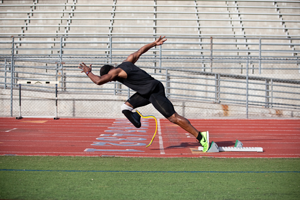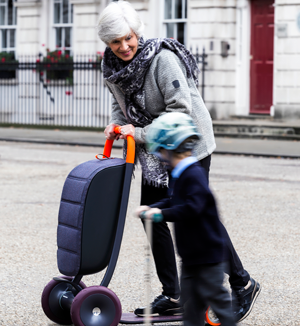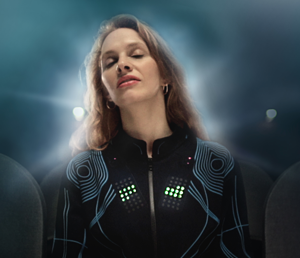Part of JFKC: A Centennial Celebration of John F. Kennedy
This exhibition presents objects that combine inclusive design and technology and result in equal parts, art and function. Together art, design, and technology produce ingenious and beautiful solutions that enable people of all abilities to interact with their environments.
“Art means more than the resuscitation of the past: it means the free and unconfined search for new ways of expressing the experience of the present and the vision of the future.”
President John F. Kennedy

The Alternative Limb Project
Sophie de Oliveira Barata, founder of The Alternative Limb Project, creates her art within prosthetic arms and legs. This arm was designed for model Kelly Knox who was born without a forearm.
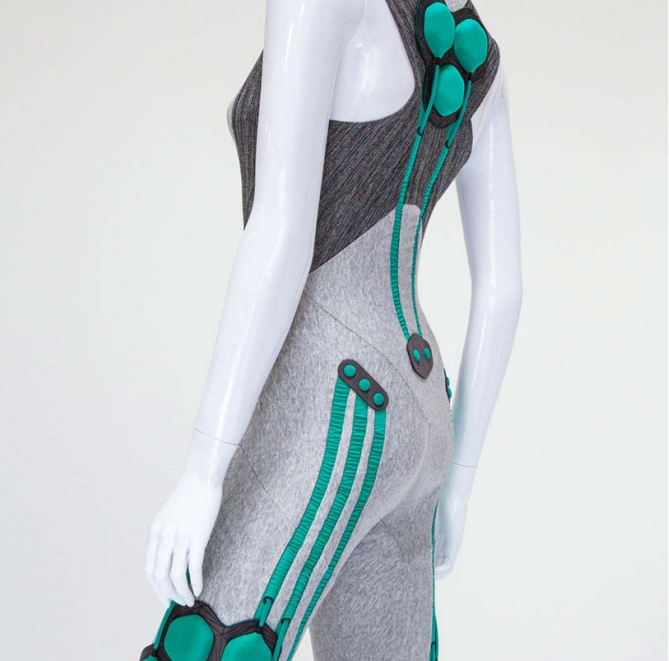
Aura Powered Suit
The Aura Powered Suit is powered clothing designed to assist movement for older adults.

The Bradley Timepiece
The Bradley is a watch that can be touched and seen to tell time, providing equal access for people who are blind or have low vision.
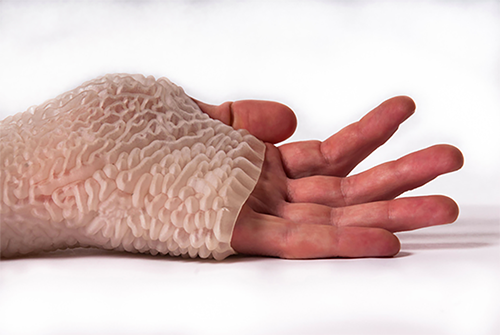
Carpal Skin
Carpal Skin is a prototype for a protective glove to protect against Carpal Tunnel Syndrome.
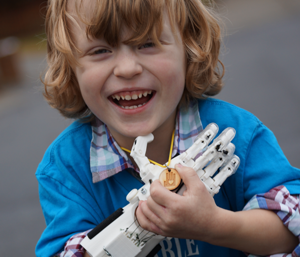
e-NABLE 3D Prostheses
The e-NABLE Community provides free and low-cost 3D printable assistive devices for individuals with upper-limb differences.
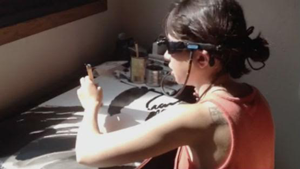
Emilie Gossiaux and BrainPort
Emilie Gossiaux’s watercolor painting was made with the assistance of the BrainPort Vision Device.
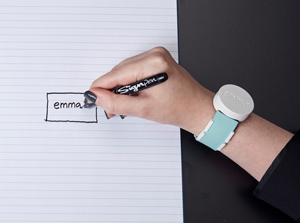
The Emma
The Emma allows graphic designer Emma Lawton, who has Parkinson’s disease, to write and draw clearly.
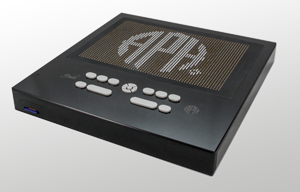
Graphiti
Graphiti is a tactile touch display that enables people who are blind or have low vision to access onscreen graphic.
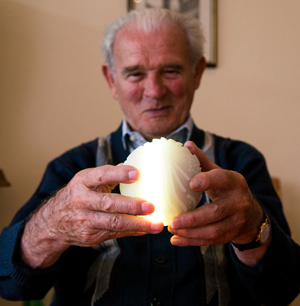
Ichó
Ichó, is an interactive device in the form of a ball for therapeutic use. It’s a new digital device dedicated to people with cognitive limitations such as dementia.
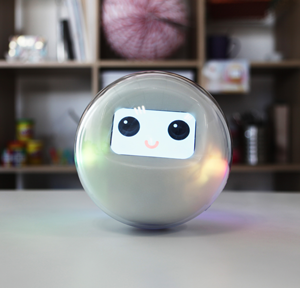
Leka
An interactive and multi-sensory smart toy designed to help children with autism learn to interact and communicate.
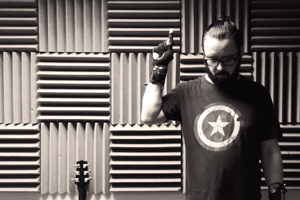
Mi.Mu Gloves
Using a computer interface, the Mi.Mu Gloves can produce and manipulate sound through gesture.
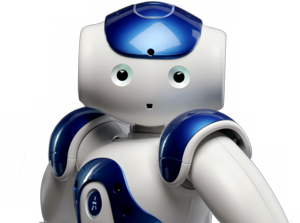
NAO
NAO is a human-like robot and is designed to assist children who have autism spectrum disorder (ASD).
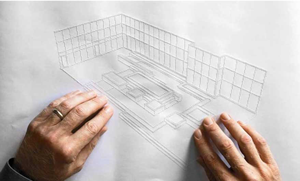
Raised Line Drawings
Chris Downey is an architect, planner, and consultant who is blind and uses raised-line drawings in his work.
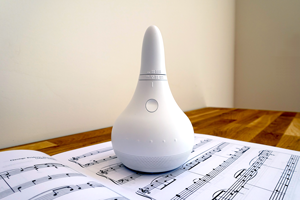
Read the Music
Read the Music allows musicians who are unable to read printed or handwritten sheet music to hear the notes played.
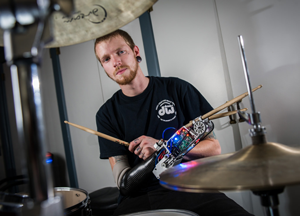
Robotic Drumming Prosthesis
The Robotic Drumming prosthesis allows drummers without an arm to continue playing the drums. The prosthesis even includes an improvisation mechanism.
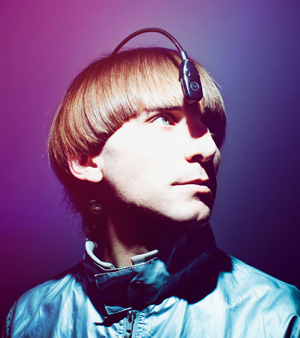
The Sonochromatic Head
The Sonochromatic Head illustrates an eyeborg antenna that allows Harbisson to identify colors through sound frequencies.

Thync Relax
The Thync Relax autonomic stimulates the nervous system resulting in relief from stress and anxiety.

Wanderers
Wanderers is a series of 3D life-sustaining wearables that explore the idea of how dangerous planetary elements can be transformed to sustain human life.
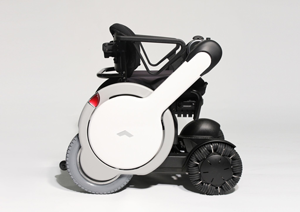
WHILL
The developers of the WHILL power wheelchair wanted to improve the personal mobility experience with innovative design and advanced technology.




